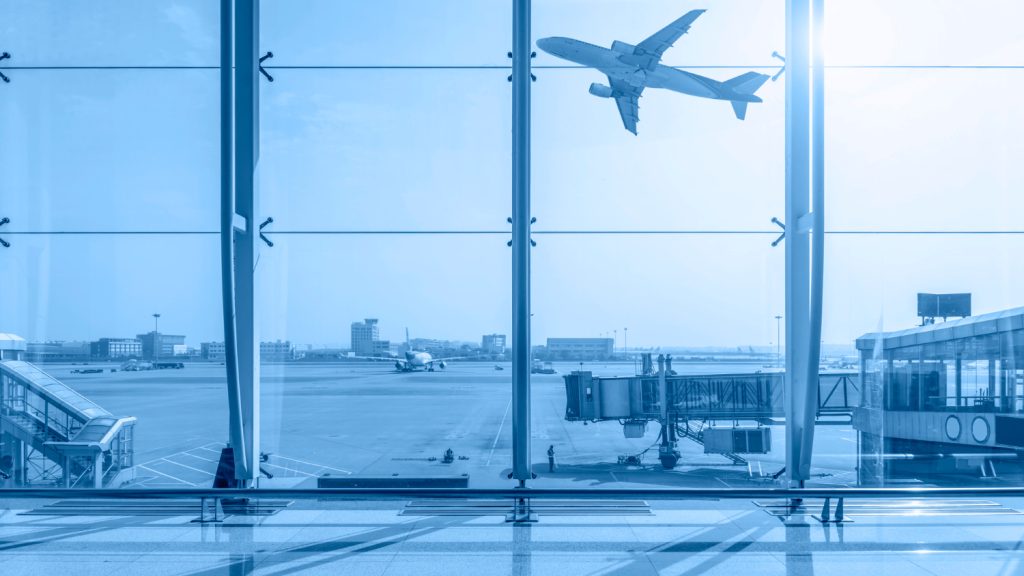
According to a 2025 report by the International Civil Aviation Organization (ICAO), global passenger traffic continued its upward trend in 2024, with roughly 4.528 billion passengers carried worldwide. As more people take to the skies, the responsibility to ensure aircraft safety and reliability grows alongside this surge. This is where aviation MRO plays a vital role. Aviation MRO (maintenance, repair, and overhaul) encompasses all activities needed to keep an aircraft safe, dependable, and airworthy. It is an area where no compromises can be made, as the well-being of passengers and crew is always on the line.
To meet these demands, many airlines turn to trusted MRO solution providers. These companies typically have an extensive global network of MRO facilities across the world, which means they can help carriers uphold the highest standards of safety, enabling them to focus on optimising fleet management and long-term business performance.
Against this backdrop, several best practices stand out as essential to aviation safety, operational reliability, and passenger confidence:
1. Strict Adherence to Scheduled Maintenance Checks
Aviation authorities mandate strict inspection and maintenance schedules that every airline must follow. These include daily line checks before flights, shorter-interval A-checks, and comprehensive C- and D-checks that may ground an aircraft for longer periods. Sticking to these intervals ensures that engines, avionics, landing gear, and other critical systems remain in safe working order. By keeping to these schedules without compromise, airline companies minimise the risk of unexpected technical issues and show both regulators and passengers that safety is never negotiable.
2. Implementation of Predictive and Preventive Maintenance
Today’s aircraft are fitted with sensors and monitoring systems that collect real-time performance data. With predictive maintenance tools, airlines can spot early signs of component wear or irregularities, such as unusual vibrations or fluid leaks. Addressing these issues before they escalate helps avoid in-flight malfunctions, delays, and emergency repairs. Preventive maintenance also extends the lifespan of parts, supporting both operational reliability and safety. This proactive approach ensures passengers can travel with confidence while airlines keep their fleets running efficiently.
3. Strict Compliance With Airworthiness Directives and Service Bulletins
Manufacturers and regulators frequently issue airworthiness directives (ADs) and service bulletins (SBs) to address potential risks or recommend improvements. Timely compliance with these requirements is crucial for meeting regulatory obligations and ensuring the highest standards of safety. Staying current also allows aircraft to benefit from the latest upgrades and technical solutions. Airlines that make this a priority reduce their exposure to risk and reinforce a safety-first culture across their operations.
4. Comprehensive Training for Maintenance Personnel
Aircraft maintenance is highly specialised work, and human skill remains just as important as technology. Regular training, certifications, and skills development keep maintenance crews up to date with new aircraft technologies and repair methods. This reduces the likelihood of human error and ensures that work is carried out with consistency and precision. Well-trained personnel contribute directly to safer flights and smoother operations, protecting both the airline’s reputation and the trust of its passengers.
5. Effective Supply Chain and Parts Management
Airlines rely on thousands of certified parts, each with strict lifespans and quality standards. Effective supply chain management ensures the right parts are always available, preventing delays and keeping fleets airworthy. To further strengthen this, some MRO providers leverage additive manufacturing to produce a growing range of high-quality replacement and bespoke aircraft parts. This capability not only speeds up part availability but also allows operators to access durable, certified solutions tailored to specific needs. Reliable access to genuine components ensures both safety and efficiency, reducing downtime and protecting passenger trust.
6. Digitalisation and Use of MRO Software Systems
Digital platforms play a vital role in planning and managing aircraft maintenance. By moving away from manual records, these systems streamline workflows, reduce errors, and provide real-time visibility into fleet status. Building on this, some MRO providers integrate smart technologies into MRO processes to enhance solutions, optimise resource use, and improve overall efficiency. With digitalisation, airlines gain greater accuracy, quicker turnaround times, and more reliable fleet performance, all of which strengthen operational safety and help minimise costly delays.
7. Regular Safety Audits and Quality Assurance
Safety is an ongoing process, not just a box to be ticked for compliance. Regular internal audits and third-party quality reviews help airlines identify gaps before they develop into risks. These audits bolster accountability and create opportunities for continuous improvement. A strong quality assurance culture ensures that even the smallest detail is not overlooked, protecting both safety standards and public confidence. For passengers, this level of diligence translates into peace of mind that every aircraft is maintained to the highest standard.
8. Collaboration With Reputable MRO Providers
Not every airline has the scale to manage all MRO needs in-house, making collaboration with established providers essential. Trusted partners bring advanced facilities, expertise, and the ability to handle large-scale maintenance requirements. By partnering with such providers, airlines can ensure that their fleets are kept in peak condition while focusing resources on their core operations and customer service.
By putting these MRO best practices into action, airlines can keep their fleets reliable, reduce the risk of costly delays, and uphold the highest safety standards. A strong maintenance culture safeguards passengers and crew while also strengthening public confidence in air travel. In an industry where trust is everything, effective MRO remains the foundation that keeps aviation moving safely and efficiently.